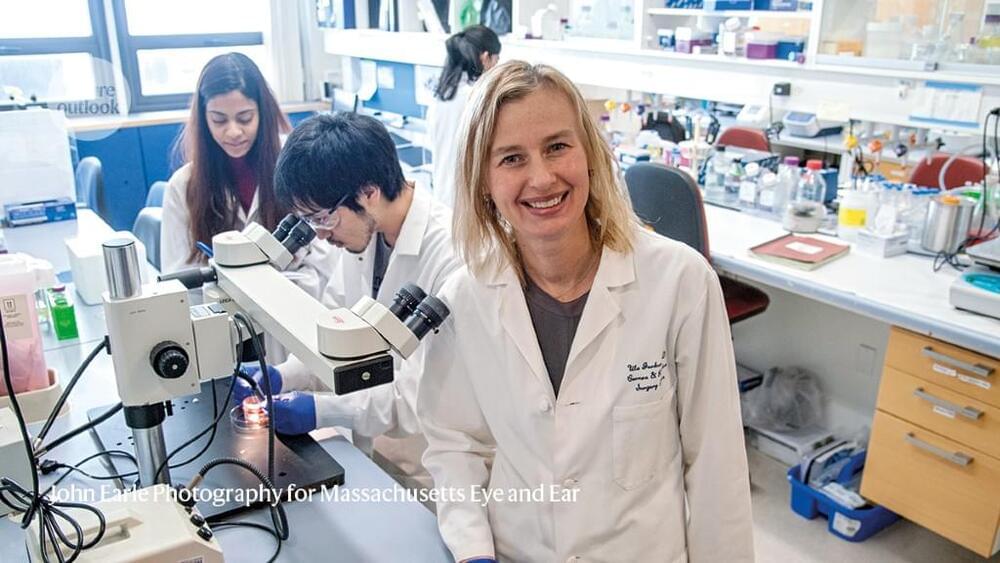Founders tend to think responsible AI practices are challenging to implement and may slow the progress of their business. They often jump to mature examples like Salesforce’s Office of Ethical and Humane Use and think that the only way to avoid creating a harmful product is building a big team. The truth is much simpler.
I set out to learn how founders were thinking about responsible AI practices on the ground by speaking with a handful of successful early-stage founders and found many of them were implementing responsible AI practices.
Only they didn’t call it that. They just call it “good business.”







